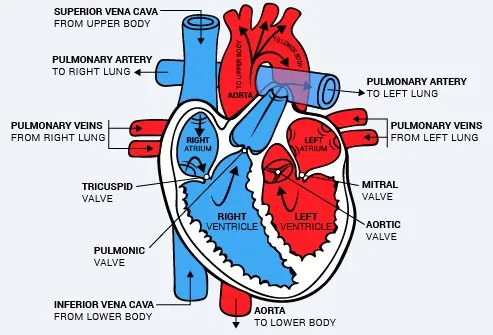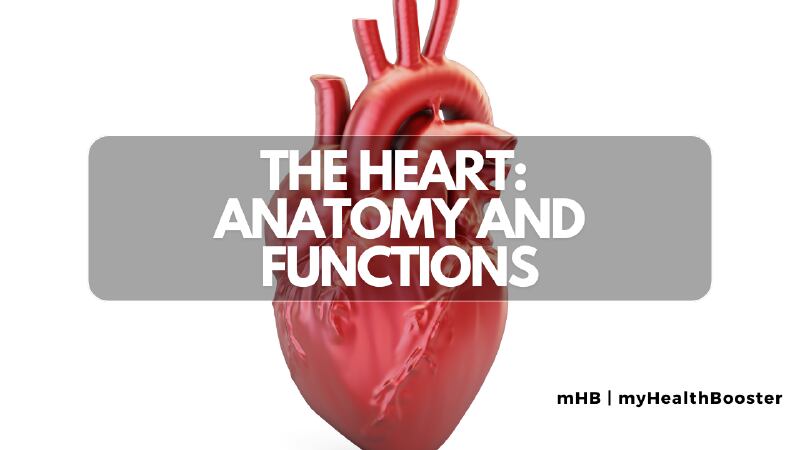What does the heart look like, and how does it work?
The human heart is a marvel that begins its rhythmic journey just 22 days after conception. This organ, tirelessly pumping oxygenated blood and essential nutrients, plays a vital role in sustaining life. In this exploration, we delve into the intricate details of the heart’s anatomy, its rhythmic function, and the circulation system it orchestrates.
The Heart’s Mighty Beat

This fist-sized powerhouse undergoes around 100,000 beats per day, pumping approximately 2,000 gallons of blood. The heart’s ceaseless rhythm is a lifeline; a pause of 4-6 minutes can lead to irreversible damage to brain cells. The heart functions through a regulated sequence of muscular contractions and relaxations, driven by a complex network of electrical signals.
Chambers, Valves, and Coronary Arteries
The heart comprises four chambers – two atria and two ventricles – intricately synchronized for effective blood circulation. Coronary arteries, forming a mini-circulatory system, supply the heart muscle with blood. Four valves – mitral, tricuspid, aortic, and pulmonic – ensure unidirectional blood flow, preventing backflow with their leaflets and supporting structures.
Heart Anatomy and Physiology
The heart’s endocardium, a membrane lining its chambers and valves, maintains a smooth surface, preventing blood components from adhering. Electrical impulses generated by nodes like the SA and AV nodes orchestrate the heart’s contractions, ensuring blood is pumped efficiently. The heart rate adapts to various scenarios, influenced by factors like exercise, emotions, and medication.
Blood Flow through the Heart
The heart’s orchestration involves two synchronized processes – the right and left sides working together. The right side receives oxygen-poor blood from the body, pumping it to the lungs for oxygenation, while the left side receives oxygen-rich blood from the lungs, pumping it into the body for distribution. The heart’s dual circulation, pulmonary and systemic, ensures a continuous supply of oxygen and nutrients.
Preventing Heart Attacks and Strokes
Maintaining heart health is a lifelong endeavor. The American Heart Association recommends a multifaceted approach:
- Lower cholesterol, especially post-menopause.
- Manage triglycerides.
- Treat and control high blood pressure.
- Effectively manage diabetes.
- Embrace weight management.
- Adopt a heart-healthy diet.
- Engage in regular exercise.
- Mitigate stress.
- Quit smoking.
- Consider family history, particularly for early-onset heart disease.
Conclusion
The heart’s rhythmic symphony, intricate structure, and pivotal role in circulation make it an extraordinary organ. Understanding its complexities and adopting heart-healthy practices are paramount for a fulfilling and vibrant life.
